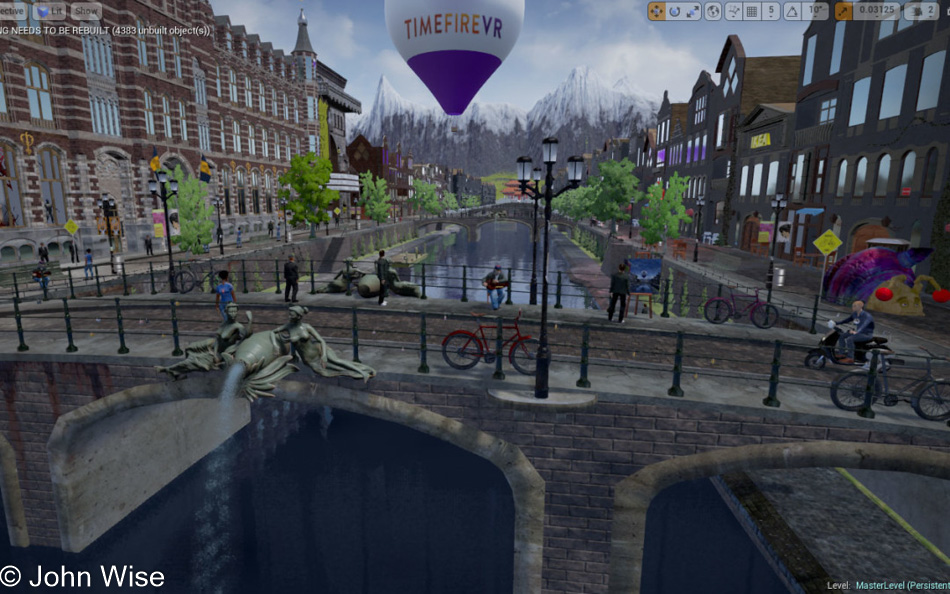
Humanity is about to leave the terrestrial world behind for the virtual one ahead. We may not be able to escape our solar system, and for many of us, we’ll never find ourselves walking the surface of an alien planet. But the instinct for nomadism is still raging and propelling people to explore the unknown. Where do you go when the Earth we live on has already been trekked, mapped, and brought into the imagination of our species?
You start to explore the mind!
Yes, philosophers have already been doing that for thousands of years. They wanted to know who we were, why we were here, and what it all meant. Lofty ambitions for this tiny cadre of explorers of the obtuse and not exactly the entertaining Dionysian revelry that appeals to the average person.
So how does this “Average person” start to explore the mind?
We build a bridge.
This bridge is called Virtual Reality. Our contribution is but a small part of the larger ecosystem, just as a tree is part of the forest. Our bridge (or branch) connects the abstract with the known the real with the imagined. It’s an interface that links knowledge discovered by humanity to all who gain access to this immersive virtual world. It is different from reality in the fact that many of the laws of physics, space, time, and economy do not apply here.
In the real world, I cannot summon actors from across history to present themselves before me. I cannot make a book materialize in my hands because I desire it. I may not have the resources for or access to mentors, tutors, or services that would otherwise benefit my intellectual standing in the world.
Virtual Reality changes this and does so dramatically.
You see, in VR, we can bring to you the likeness and words of Benjamin Franklin or Sir Isaac Newton. A holographic representation of any book could be yours for the asking. While a student might live in Monkeys Eyebrow, Kentucky, he or she could have instant access to a tutoring avatar by dropping into a VR classroom without the need to travel to the next big city of Nashville, Tennessee, 160 miles (260km) away.
Some may counter that the internet already offers this type of service, and the student merely must visit Khan Academy, Coursera, Lynda, or Wikipedia to find knowledge and start exploring learning opportunities. This is partly true.
I’ll give you an example of why I believe that. When those of us who live in big cities are out wandering and strolling by a shop front and see a Zumba class, we just encountered serendipity. Maybe we stop in and talk with the manager or pick up a flyer and read up on it, possibly even join. Likewise, the local Center of the Arts is featuring a performance of Whirling Dervishes – do you even know what that is or who they are? Big cities bestow great opportunity upon those of us growing up in them by offering us serendipitous moments of finding novel and exciting things to do and learn. I live in Phoenix, Arizona, and I happen to know where to find lessons in Navajo rug weaving. Do you know where to find that in your community?
In Virtual Reality, this workshop will be available to everyone where they might learn about it while wandering the streets of somewhere like Timefire’s Hypatia.
Hypatia, then, is not only a bridge, but it is also a kind of philosopher’s stone in that we are taking the electrons, photons, and math behind a bunch of complex code and turning what might be just so much noise into a learning opportunity, gold in its own right.
Education is our age’s gold and building a bridge that allows more of humanity to cross the delta from ignorance to opportunity is an essential road we must construct. As we at Timefire lay down the stones that pave the way, we will be looking for and recruiting like-minded architects of digital culture to help bridge this span.